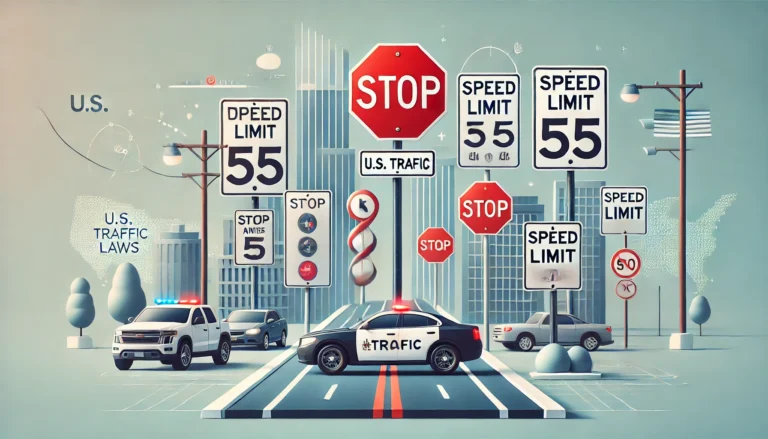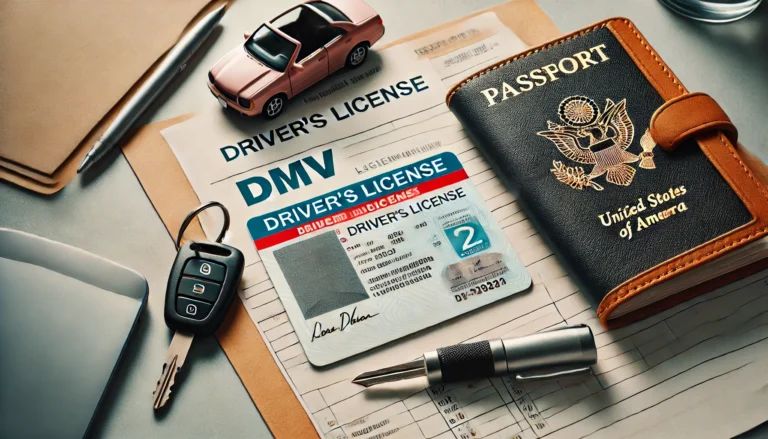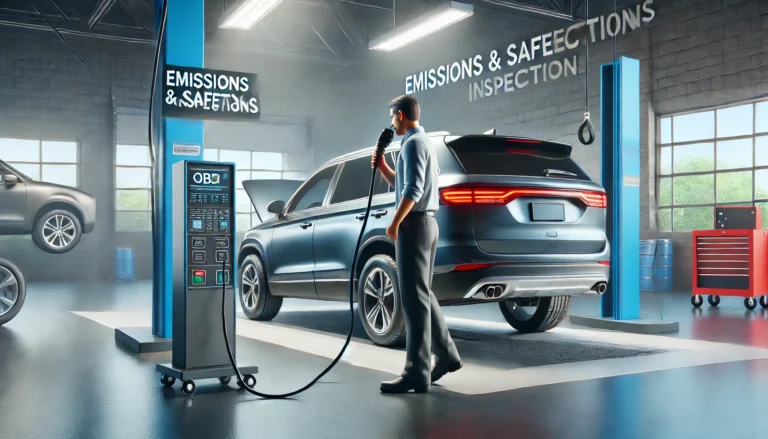Top Tips for Driving in Different Weather Conditions in the USA
Introduction
Driving in different weather conditions can be challenging, especially in the USA, where climates vary greatly by region. Here are top tips for navigating through rain, snow, fog, and other weather conditions safely.
1. Driving in Rain
Rain is common in many regions of the U.S., and it can create slippery roads and reduce visibility. Here’s how to stay safe:
- Slow Down: Wet roads reduce tire traction, so decrease your speed to maintain control.
- Use Your Headlights: In most states, it’s mandatory to use headlights during rain to improve visibility for both you and other drivers.
- Avoid Sudden Movements: Avoid sudden braking or quick turns, as these can lead to skidding.
- Beware of Hydroplaning: If your vehicle starts to hydroplane, ease off the gas pedal and steer straight until you regain traction. Avoid sudden braking.
- Stay Back from Large Vehicles: Trucks and buses create heavy spray, which can reduce your visibility.
2. Driving in Snow and Ice
Snow and ice are particularly dangerous due to the extreme reduction in traction. Here are tips to manage these conditions:
- Drive Slowly and Smoothly: Icy roads make it easy to lose control. Accelerate, brake, and turn slowly.
- Increase Following Distance: On icy roads, it can take up to ten times longer to stop, so leave plenty of space between you and the car in front.
- Keep Headlights Clean and On: Snow can obscure headlights, so clean them regularly and keep them on to improve visibility.
- Avoid Using Cruise Control: Cruise control can be dangerous in slippery conditions; it’s safer to manage your speed manually.
- Prepare for Skids: If you start to skid, take your foot off the accelerator and steer in the direction you want the front of the car to go.
3. Driving in Fog
Fog is common in coastal and mountain areas and can reduce visibility drastically. Here’s how to handle foggy conditions:
- Use Low Beams or Fog Lights: High beams reflect off the fog, making it harder to see. Use low beams or fog lights instead.
- Reduce Speed: Drive slowly, as fog can hide obstacles and reduce your reaction time.
- Follow Road Markings: Use the lane markings or road edge to stay oriented.
- Increase Following Distance: You’ll need more time to react if visibility is low, so keep a larger gap between you and other vehicles.
- Avoid Stopping on the Road: If you must stop, pull off completely to avoid collisions from drivers who may not see you in time.
4. Driving in High Winds
High winds can affect vehicle control, especially for larger vehicles. Here are safety tips for windy conditions:
- Grip the Wheel Firmly: Strong gusts can push your car sideways, so hold the wheel firmly to maintain control.
- Be Aware of Large Vehicles: Trucks and buses are more affected by wind and may sway or move into adjacent lanes.
- Adjust Speed: High speeds can make it harder to control your vehicle in the wind, so slow down to reduce the risk.
- Avoid Driving Near Trees and Power Lines: High winds can cause trees and power lines to fall; avoid areas with heavy vegetation or structures that could pose a hazard.
5. Driving in Extreme Heat
Hot conditions can affect your vehicle’s performance and can lead to dehydration and fatigue. Here are tips for driving in extreme heat:
- Check Your Cooling System: Ensure the engine coolant level is sufficient to prevent overheating.
- Use Sunshades: If you park in direct sunlight, sunshades can keep your vehicle cooler when you return.
- Inspect Tire Pressure Regularly: Heat causes tire air pressure to increase, so monitor your tires to avoid blowouts.
- Stay Hydrated: Keep water with you in the car to avoid dehydration on long drives.
- Watch for Signs of Fatigue: Heat can cause drowsiness, so take breaks and stay alert.
6. Driving in Heavy Thunderstorms
Thunderstorms bring a mix of rain, wind, and lightning, which can create hazardous driving conditions.
- Turn On Your Headlights: Make sure your vehicle is visible to others.
- Avoid Flooded Areas: Even shallow water can cause vehicles to hydroplane or stall. Don’t attempt to drive through deep water.
- Stay Inside During Lightning: If lightning is frequent, stay inside your car and avoid touching metal surfaces.
- Pull Over if Necessary: If visibility is too poor or the rain is intense, it’s safer to pull over and wait until the storm subsides.
7. Driving in Hail
Hailstorms are dangerous due to falling ice pellets that can damage your car and obstruct visibility.
- Seek Shelter: If possible, pull over under a bridge or gas station canopy to avoid hail damage.
- Turn on Headlights: Make yourself visible to other drivers.
- Stay Inside Your Vehicle: Hail can cause injuries, so remain inside until it passes.
8. Driving in Sandstorms
Sandstorms are common in desert areas and can significantly reduce visibility.
- Pull Over and Wait: If visibility drops drastically, it’s best to pull over and wait until the sandstorm passes.
- Turn Off Headlights if Stopped: In severe sandstorms, other drivers may use your headlights as a guide and accidentally hit your car. Turn off your lights when safely parked.
- Seal Vents: Sand can get into your vehicle’s ventilation system, so close vents to avoid breathing in dust.
Conclusion
Driving in diverse weather conditions across the U.S. requires adjusting your speed, increasing following distance, and using specific vehicle controls to stay safe. Always stay updated with weather forecasts before heading out, and remember: when in doubt, it’s often safer to delay your journey.







